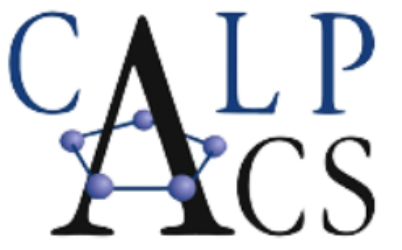Richard W. Hurst Ph.D.
Professor Emeritus,
California State University – Los Angeles
Speaking on
The Duality of Lead in the Environment: Environmental Bane and Boon [Good Cop – Bad Cop]
2 pm. Sunday, April 17, 2011
SLO County Library Community Room
995 Palm Street, San Luis Obispo
Light refreshments will be served.
Abstract
The element lead (chemical symbol, Pb, from plumbum) has historical uses that date back 6000 years. Lead’s toxic nature has also been known for centuries, however, its desirable properties have often “tipped the scales” when decisions arose as to whether or not lead should be used in a particular product. For example, the Romans used it due to its malleability, forming lead pipes for water transport and its sweet taste when formed into goblets from which wine was consumed. More recently, addition of lead additives to gasoline were determined to stop engine “knocking”; hence, the leaded gasoline era emerged along with the result—long-term environmental lead pollution. Now that we are dealing with lead pollution, given it does not degrade (i.e., break down) in the environment, how do we assess the source or sources of the lead? We do this with the positive aspects of lead, its isotopes. Isotope ratios of lead allow us to: estimate ages of leaded gasoline releases; assess why the common garden snail “outsmarts” us with regard to potential lead poisoning; and determine why lead based paint is not always, as some suspect, the “bad guy on the block.” The element lead definitely has a dual nature—being both toxic to life, but also, via its isotopes, providing a means to resolve the problems created by its use.
Dr. Hurst is a Professor Emeritus of Geology and Geochemistry at California State University, Los Angeles where he has instructed and performed research since 1978. He is also an Adjunct Professor of Environmental Geology, Mineralogy, and Petrology at California Lutheran University. His primary research interests have centered on forensic environmental isotope geochemistry and mineralogy. Since 1980, he has studied the use of naturally-occurring, stable isotopes, especially those of lead, as a means of tracing the sources of hydrocarbon and other types of contamination in the environment. He is recognized for his development of the ALAS Model which employs lead isotopes to estimate the age of leaded gasoline releases; the model is used throughout the United States, Canada, and South America.
Directions:
From the North Take Hwy 101 South to the Olive St/Santa Rosa Exit (203a). Merge Right onto Olive Street, then Turn Right onto Santa Rosa. In 0.3 miles Turn Right onto Palm Street. Drive 1 block to the SLO library on you left.
From the South Take Hwy 101 North to the Osos Street Exit (203a). Merge Right onto Osos Street. In 0.3 miles Turn Right onto Palm Street. The SLO Library will be on your left.
A parking garage is located adjacent to the library. Alternately, street parking is free on Sundays.
